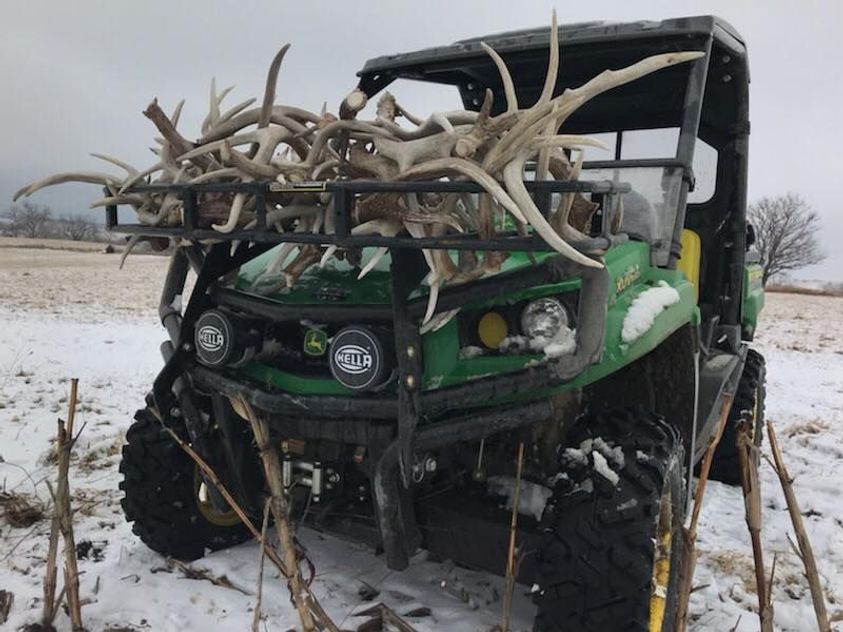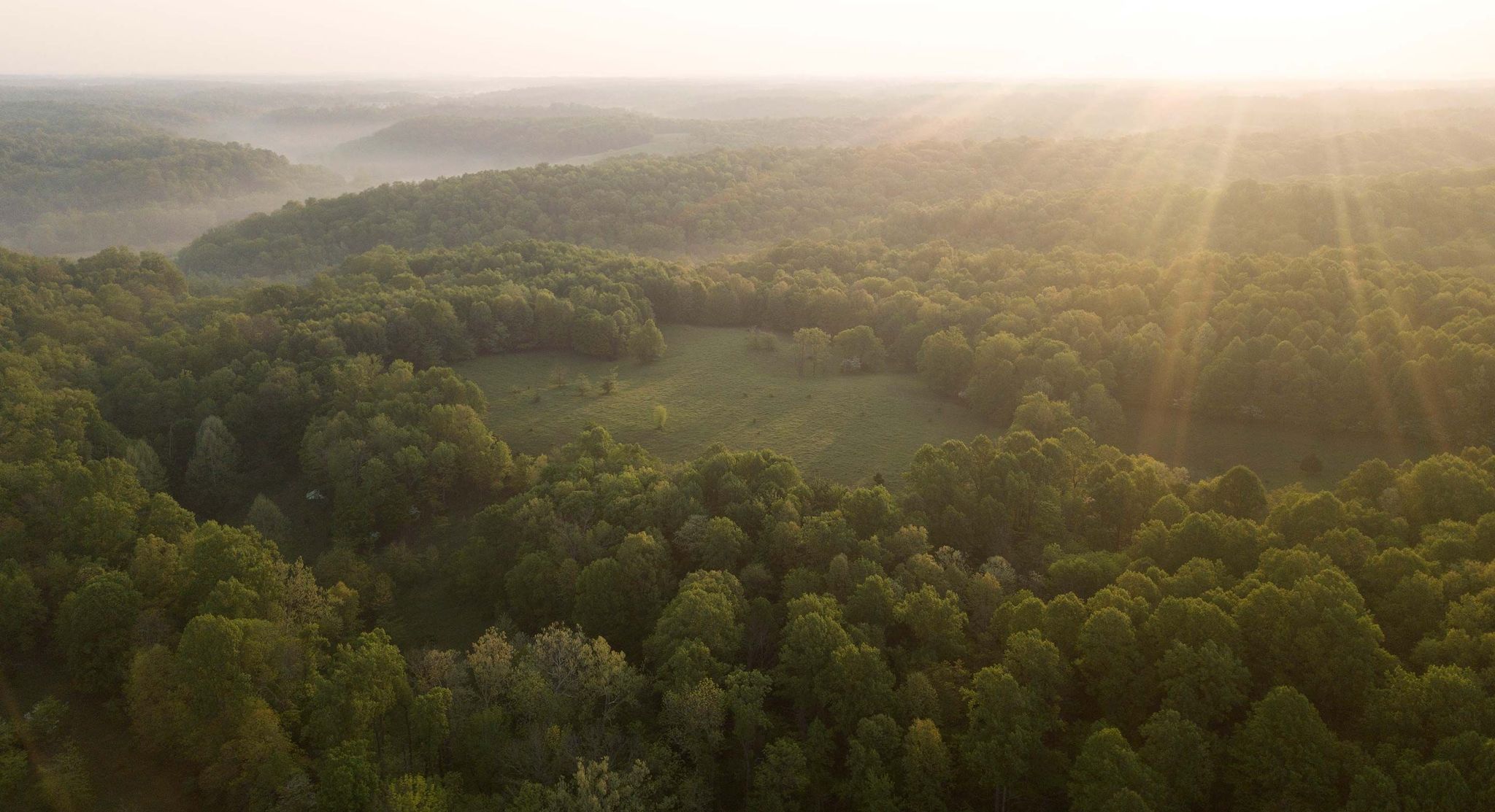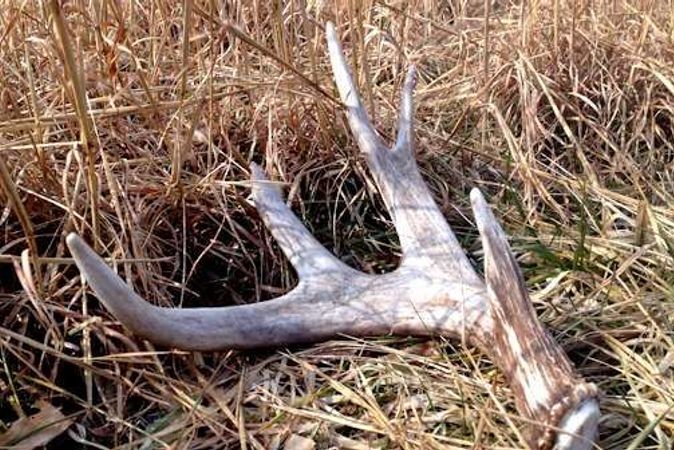Though there’s a deeper science behind it, the two main reasons a whitetail’s antlers shed is because the daylight hours have shortened and their testosterone levels have dropped after the rut, which causes the tissue below the base of the antlers to deteriorate and the antlers to fall off. There are several contributing factors to why the shedding process begins at different stages across the country: climate, nutrition, age, stress and the genetics of a buck.
Climate
The weather and hours of sunlight remaining in a day are determining factors for when whitetail will shed their antlers. The fewer hours of sunlight in the day, the less testosterone bucks retain. Regions of the country with harsh winters that begin early will see sheds sooner than those with milder, later onset winters.
Nutrition
If droughts lead to a lack of crops or food supply on a property is low, bucks aren’t able to access the nutrition they need throughout the year. When those important food sources are not available for them, bucks can be malnourished and shed their antlers earlier in the season.
Age
A healthy, mature buck will shed his antlers later than a younger buck.
Stress
The rut can be a major stressor to bucks, causing them to shed early. Harsh fall and winter seasons will add stress to their bodies, and if there is a low number of does in their area, bucks will have to spend more time and energy seeking them out, extending the rut and causing more stress.
Genetics
The type of whitetail that live on the land you hunt will affect when they will begin shedding. Each subspecies of deer will shed at a slightly different time.







